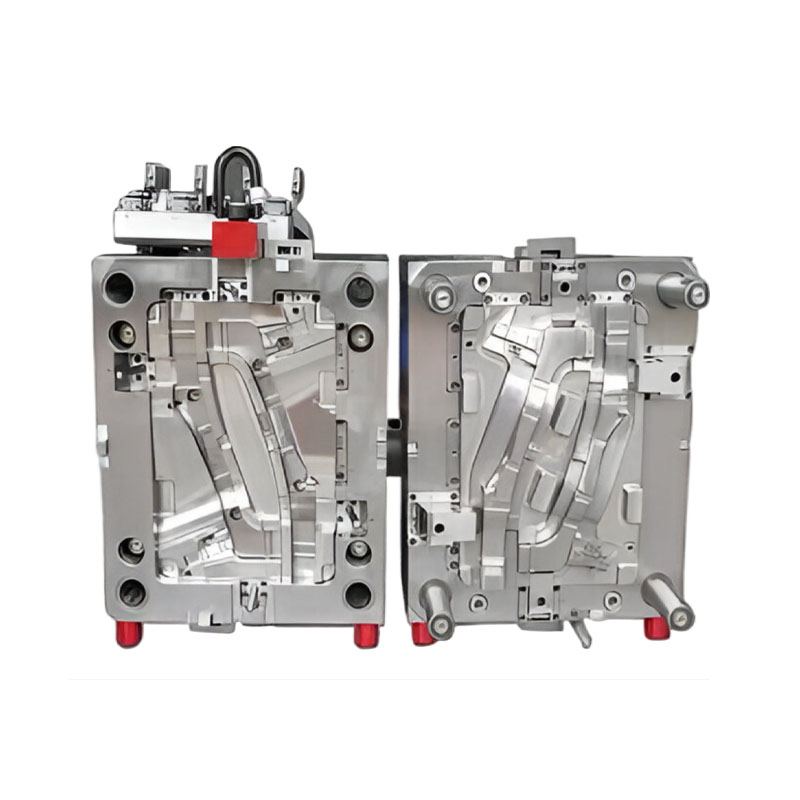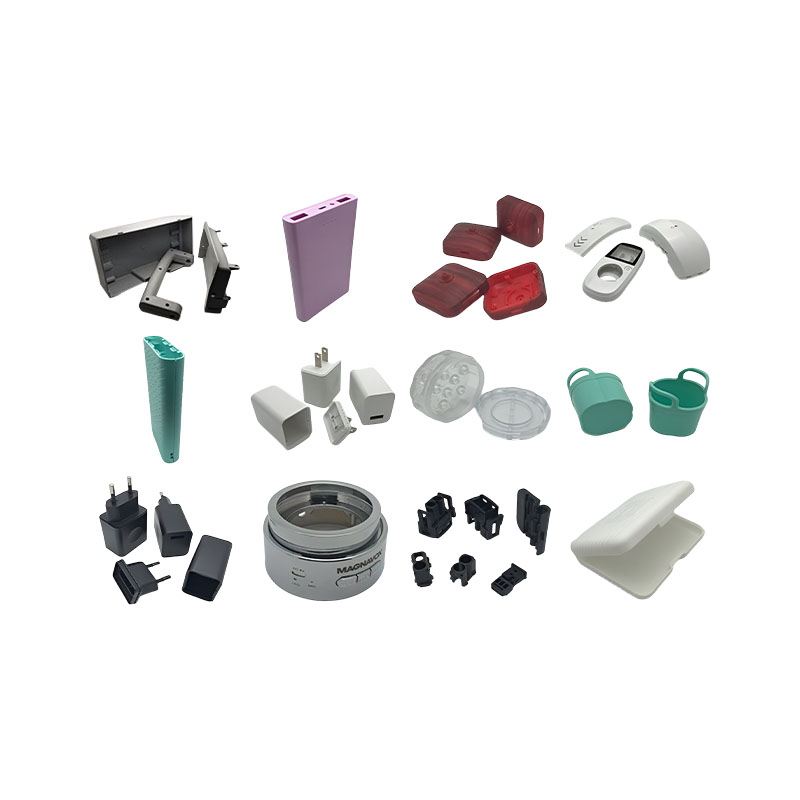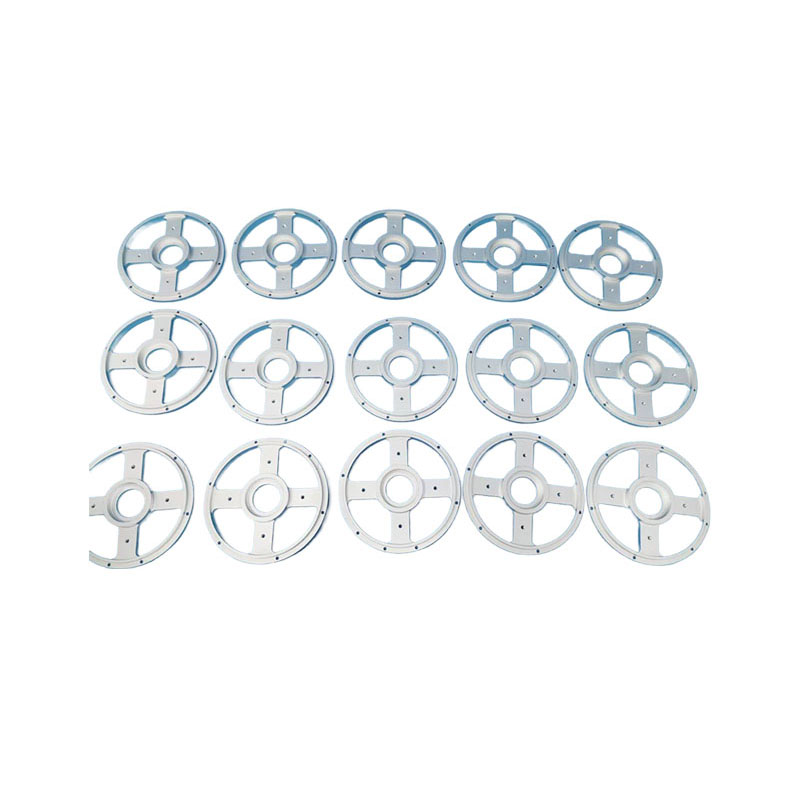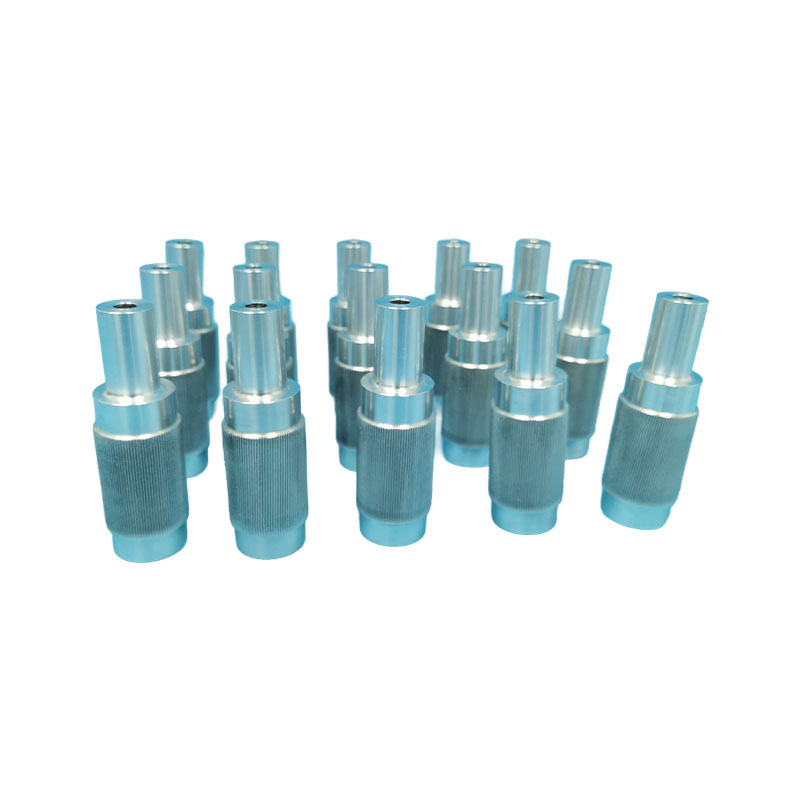How does car remote control processing meet the personalized needs of different users?
Release Time : 2025-06-20
In today's highly competitive automobile market, consumers' requirements for products are becoming more and more diverse and personalized. As one of the important accessories of a car, the car remote control is not only a basic tool for opening and closing the vehicle, but also a key component that reflects the brand personality and enhances the user experience. In order to meet the personalized needs of different users, car remote control processing manufacturing needs to be optimized and innovated from multiple aspects.
1. Customized design: highlighting brand personality
Modern consumers pay more and more attention to the uniqueness and personalized experience of products. For car remote controls, customized design can not only enhance the recognition of products, but also enhance the brand sense of belonging of users. For example, some high-end car brands will design remote controls with unique appearance and feel according to different car models. This customized design is not just a simple change in appearance, but also includes the selection of materials, color matching and the application of surface treatment technology. Through advanced technologies such as laser engraving and anodizing, personalized logos or patterns can be added to the remote control to further enhance its exclusiveness.
In addition, customized design can also extend to the functional level. For different user groups, a variety of button layouts and function combination solutions can be provided. For example, a remote control with waterproof and dustproof function is designed for users who like outdoor activities; a remote control with touch screen or OLED display is equipped for users who pursue a sense of technology. These customized designs not only meet the personalized needs of users, but also enhance the added value of the product.
2. Multi-function integration: improve the convenience of use
With the continuous improvement of the intelligence of automobiles, users have higher and higher functional requirements for car remote controls. Traditional remote controls only have basic functions such as unlocking and locking, while modern car remote controls integrate more practical functions, such as remote start, window control, trunk opening, and car search functions. Through multi-function integration, users can complete multiple operations without entering the car, which greatly improves the convenience and comfort of use.
In order to achieve multi-function integration, the internal structure design of the car remote control is crucial. First, the various functional modules should be reasonably arranged in a limited space to ensure that each function can work normally and do not interfere with each other. Secondly, high-performance microprocessors and sensors should be used to ensure the accuracy and response speed of data transmission. Finally, power consumption should also be considered. By optimizing circuit design and selecting low-power components, the battery life can be extended.
3. Optimization of human-computer interaction interface: improving user experience
In addition to appearance and function, human-computer interaction interface is also an important factor affecting user experience. An excellent user interface should be simple and intuitive, easy to operate, and able to respond quickly to user commands. To this end, car remote control manufacturers need to fully consider ergonomic principles in the design process to ensure that the remote control feels comfortable, the button layout is reasonable, and avoid misoperation.
In recent years, with the development of touch technology, more and more car remote controls have begun to use touch screens or touch buttons. Compared with traditional mechanical buttons, the touch interface is not only more beautiful and fashionable, but also provides more interactive methods, such as sliding unlocking, gesture control, etc. In addition, some high-end remote controls are also equipped with voice recognition functions, and users only need to say the corresponding instructions to complete the operation, which greatly facilitates the use of drivers during driving.
In order to further improve the user experience, some manufacturers have also added intelligent feedback mechanisms to the remote control. For example, when performing certain operations, the remote control can prompt the user whether the operation is successful through vibration or sound, thereby reducing the user's uncertainty. At the same time, through linkage with the mobile phone APP, users can also view the vehicle status in real time, receive alarm information and perform remote control, truly realizing the goal of controlling their car anytime, anywhere.
4. Environmental protection and sustainable development: in line with future trends
While meeting personalized needs, the processing and manufacturing of car remote controls also need to take into account the requirements of environmental protection and sustainable development. With the increase of global environmental awareness, more and more consumers tend to choose green and environmentally friendly products. Therefore, in terms of material selection, recyclable, non-toxic and environmentally friendly materials should be given priority to reduce the impact on the environment. At the same time, in the production process, energy-saving and emission-reduction technologies and equipment should be used as much as possible to reduce energy consumption and waste emissions.
In addition, with the development of Internet of Vehicles technology, future car remote controls will have more intelligent functions. For example, through connection with the cloud server, the remote control can automatically update the software version, fix vulnerabilities, add new functions, and ensure that it is always in the best working condition. This not only improves the reliability and safety of the product, but also provides users with a continuously evolving user experience.
In short, if car remote control processing wants to meet the personalized needs of different users, it must start from customized design, multi-functional integration, optimization of human-computer interaction interface, environmental protection and sustainable development. Through continuous innovation and optimization, it can not only improve the competitiveness of the product, but also bring users a more comfortable and convenient user experience.
1. Customized design: highlighting brand personality
Modern consumers pay more and more attention to the uniqueness and personalized experience of products. For car remote controls, customized design can not only enhance the recognition of products, but also enhance the brand sense of belonging of users. For example, some high-end car brands will design remote controls with unique appearance and feel according to different car models. This customized design is not just a simple change in appearance, but also includes the selection of materials, color matching and the application of surface treatment technology. Through advanced technologies such as laser engraving and anodizing, personalized logos or patterns can be added to the remote control to further enhance its exclusiveness.
In addition, customized design can also extend to the functional level. For different user groups, a variety of button layouts and function combination solutions can be provided. For example, a remote control with waterproof and dustproof function is designed for users who like outdoor activities; a remote control with touch screen or OLED display is equipped for users who pursue a sense of technology. These customized designs not only meet the personalized needs of users, but also enhance the added value of the product.
2. Multi-function integration: improve the convenience of use
With the continuous improvement of the intelligence of automobiles, users have higher and higher functional requirements for car remote controls. Traditional remote controls only have basic functions such as unlocking and locking, while modern car remote controls integrate more practical functions, such as remote start, window control, trunk opening, and car search functions. Through multi-function integration, users can complete multiple operations without entering the car, which greatly improves the convenience and comfort of use.
In order to achieve multi-function integration, the internal structure design of the car remote control is crucial. First, the various functional modules should be reasonably arranged in a limited space to ensure that each function can work normally and do not interfere with each other. Secondly, high-performance microprocessors and sensors should be used to ensure the accuracy and response speed of data transmission. Finally, power consumption should also be considered. By optimizing circuit design and selecting low-power components, the battery life can be extended.
3. Optimization of human-computer interaction interface: improving user experience
In addition to appearance and function, human-computer interaction interface is also an important factor affecting user experience. An excellent user interface should be simple and intuitive, easy to operate, and able to respond quickly to user commands. To this end, car remote control manufacturers need to fully consider ergonomic principles in the design process to ensure that the remote control feels comfortable, the button layout is reasonable, and avoid misoperation.
In recent years, with the development of touch technology, more and more car remote controls have begun to use touch screens or touch buttons. Compared with traditional mechanical buttons, the touch interface is not only more beautiful and fashionable, but also provides more interactive methods, such as sliding unlocking, gesture control, etc. In addition, some high-end remote controls are also equipped with voice recognition functions, and users only need to say the corresponding instructions to complete the operation, which greatly facilitates the use of drivers during driving.
In order to further improve the user experience, some manufacturers have also added intelligent feedback mechanisms to the remote control. For example, when performing certain operations, the remote control can prompt the user whether the operation is successful through vibration or sound, thereby reducing the user's uncertainty. At the same time, through linkage with the mobile phone APP, users can also view the vehicle status in real time, receive alarm information and perform remote control, truly realizing the goal of controlling their car anytime, anywhere.
4. Environmental protection and sustainable development: in line with future trends
While meeting personalized needs, the processing and manufacturing of car remote controls also need to take into account the requirements of environmental protection and sustainable development. With the increase of global environmental awareness, more and more consumers tend to choose green and environmentally friendly products. Therefore, in terms of material selection, recyclable, non-toxic and environmentally friendly materials should be given priority to reduce the impact on the environment. At the same time, in the production process, energy-saving and emission-reduction technologies and equipment should be used as much as possible to reduce energy consumption and waste emissions.
In addition, with the development of Internet of Vehicles technology, future car remote controls will have more intelligent functions. For example, through connection with the cloud server, the remote control can automatically update the software version, fix vulnerabilities, add new functions, and ensure that it is always in the best working condition. This not only improves the reliability and safety of the product, but also provides users with a continuously evolving user experience.
In short, if car remote control processing wants to meet the personalized needs of different users, it must start from customized design, multi-functional integration, optimization of human-computer interaction interface, environmental protection and sustainable development. Through continuous innovation and optimization, it can not only improve the competitiveness of the product, but also bring users a more comfortable and convenient user experience.







